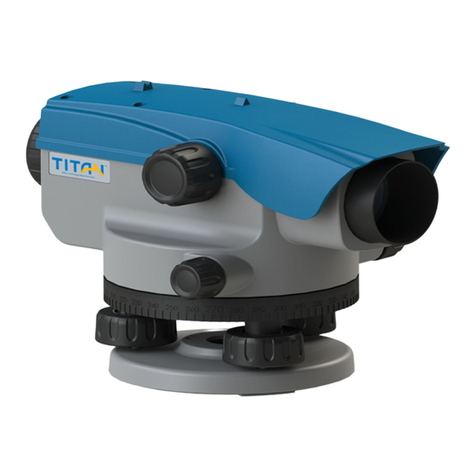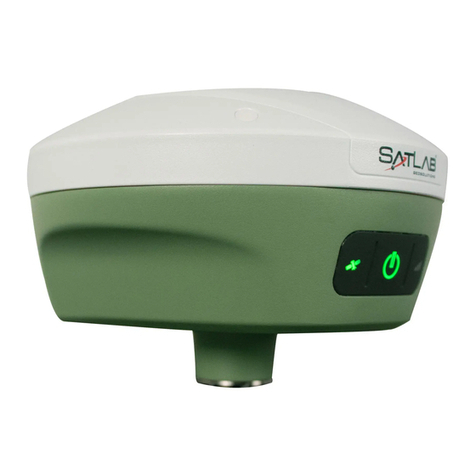
Total Station Manual
3. NP/P Toggle.......................................................................................................47
4. Height Transfer................................................................................................. 47
5. Hidden Point.....................................................................................................50
6. Free Coding.......................................................................................................53
7. Laser Pointer.....................................................................................................53
8. Light.................................................................................................................. 53
9. Unit Setting.......................................................................................................53
10. Main Setting................................................................................................... 54
11. EDM Tracking..................................................................................................55
5. Applications.............................................................................................................. 56
1. Setting the Job..................................................................................................56
1.1 Create a new Job.................................................................................... 56
1.2 Select an Existing Job from Memory...................................................... 57
2. Setting the Station............................................................................................59
2.1 Select the coordinate from memory [Find]............................................59
2.2 Select the Fix Point in the Memory [List]............................................... 61
2.3 Input the coordinates manually............................................................. 62
3. Setting the Orientation.....................................................................................64
3.1 Manual input orientation....................................................................... 64
3.2 Set orientation with coordinates............................................................66
4. Starting the Applications.................................................................................. 67
5. Surveying.......................................................................................................... 68
5.1 Individual Point.......................................................................................70
5.2 Data........................................................................................................ 71
6. Stakeout............................................................................................................73
6.1 Set Stakeout Point.................................................................................. 73
6.2 Polar Stakeout Mode..............................................................................77
6.3 Orthogonal to Station Stakeout Mode................................................... 80
6.4 Cartesian Stakeout Mode....................................................................... 83
6.5 Polar........................................................................................................86
7. Resection.......................................................................................................... 89
8. Tie Distance...................................................................................................... 92
8.1 Polygonal................................................................................................ 92
8.2 Radial...................................................................................................... 95
9. Area & Volume................................................................................................. 98
10. Remote Height..............................................................................................100
10.1 Prism High Unknown..........................................................................103
11. COGO............................................................................................................ 104
11.1 Traverse.............................................................................................. 104






























